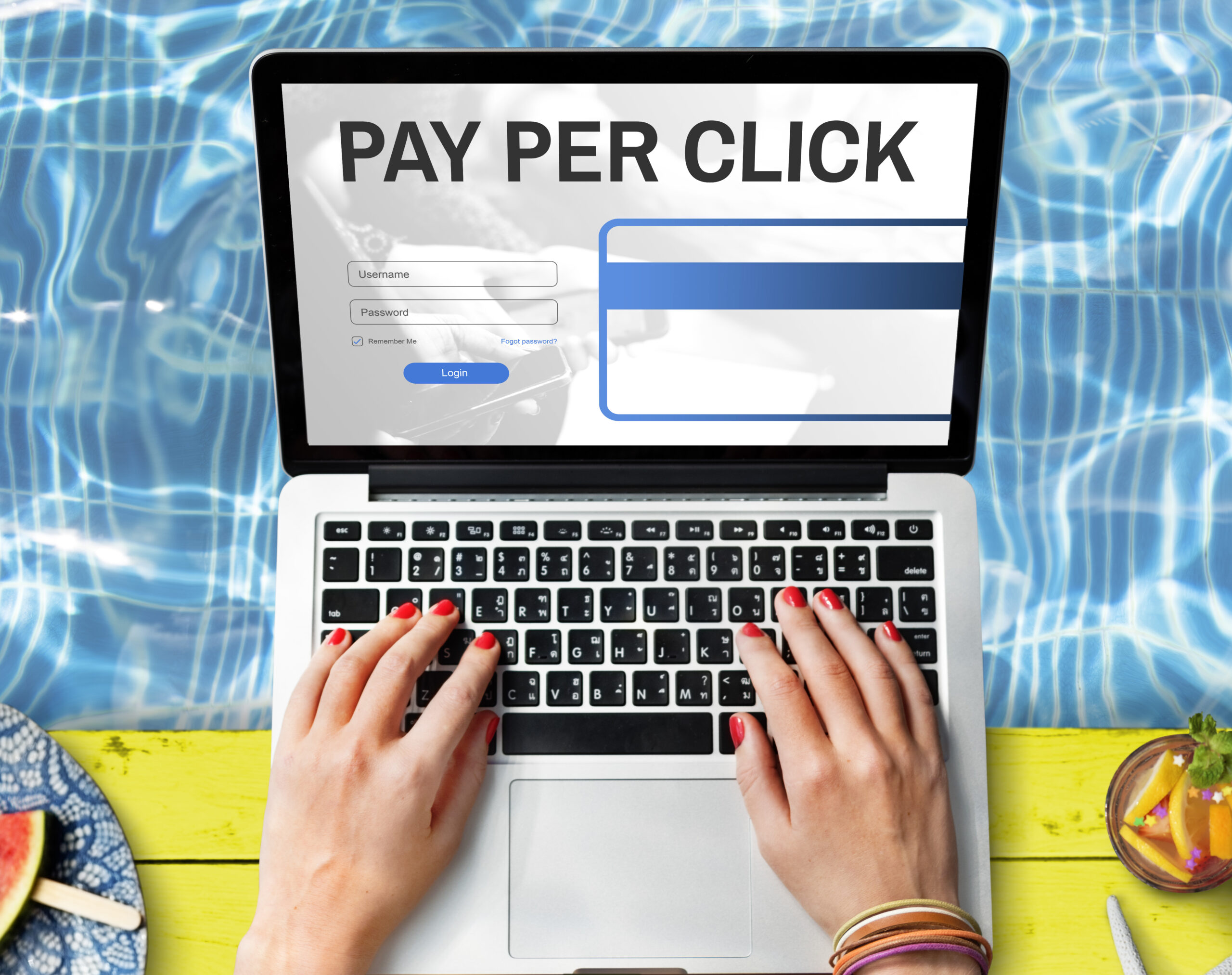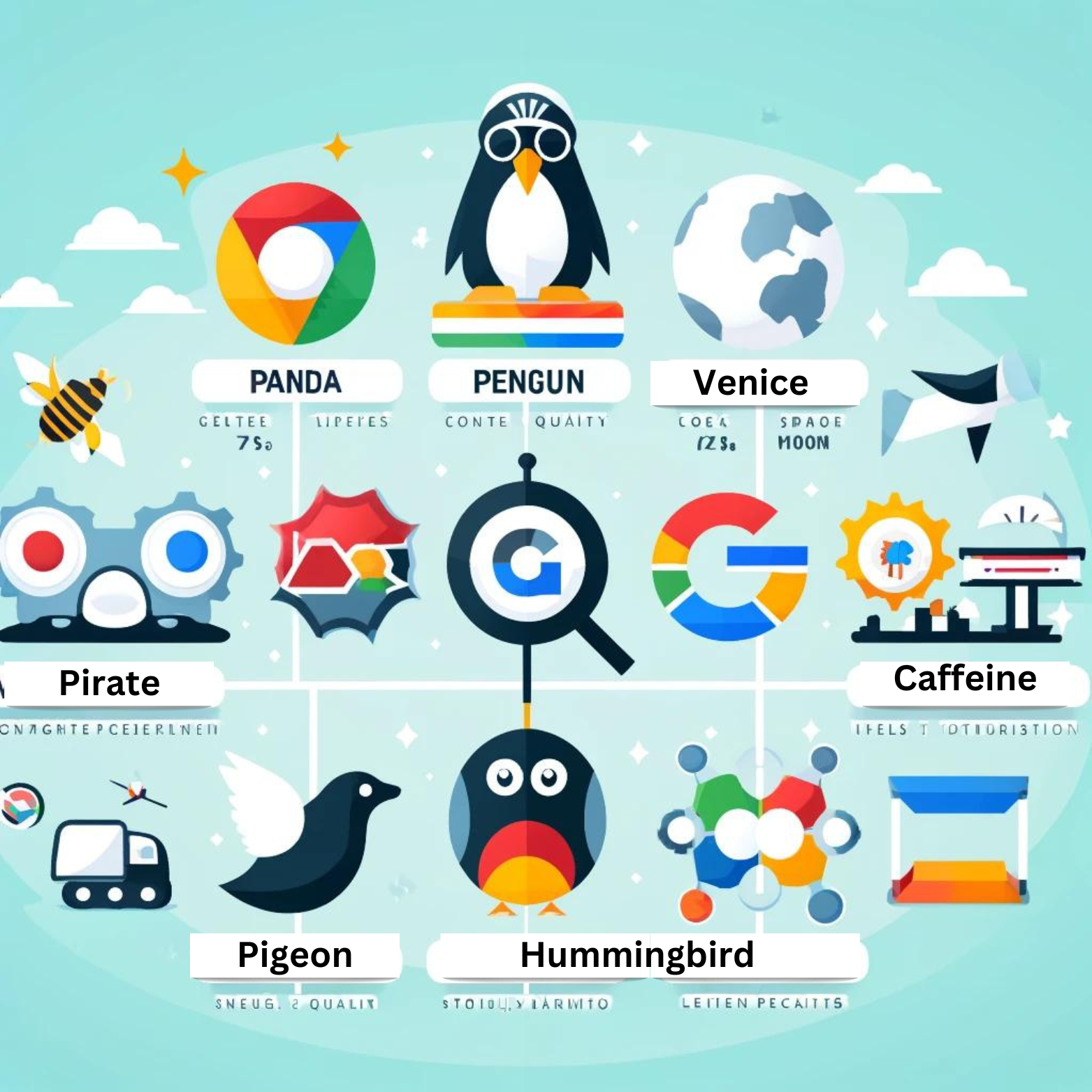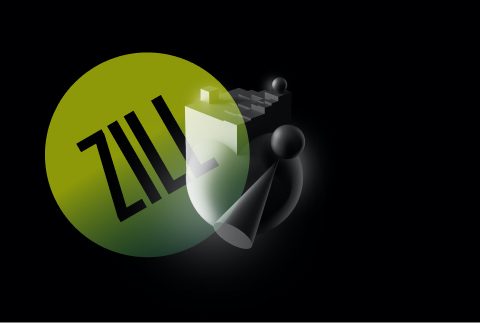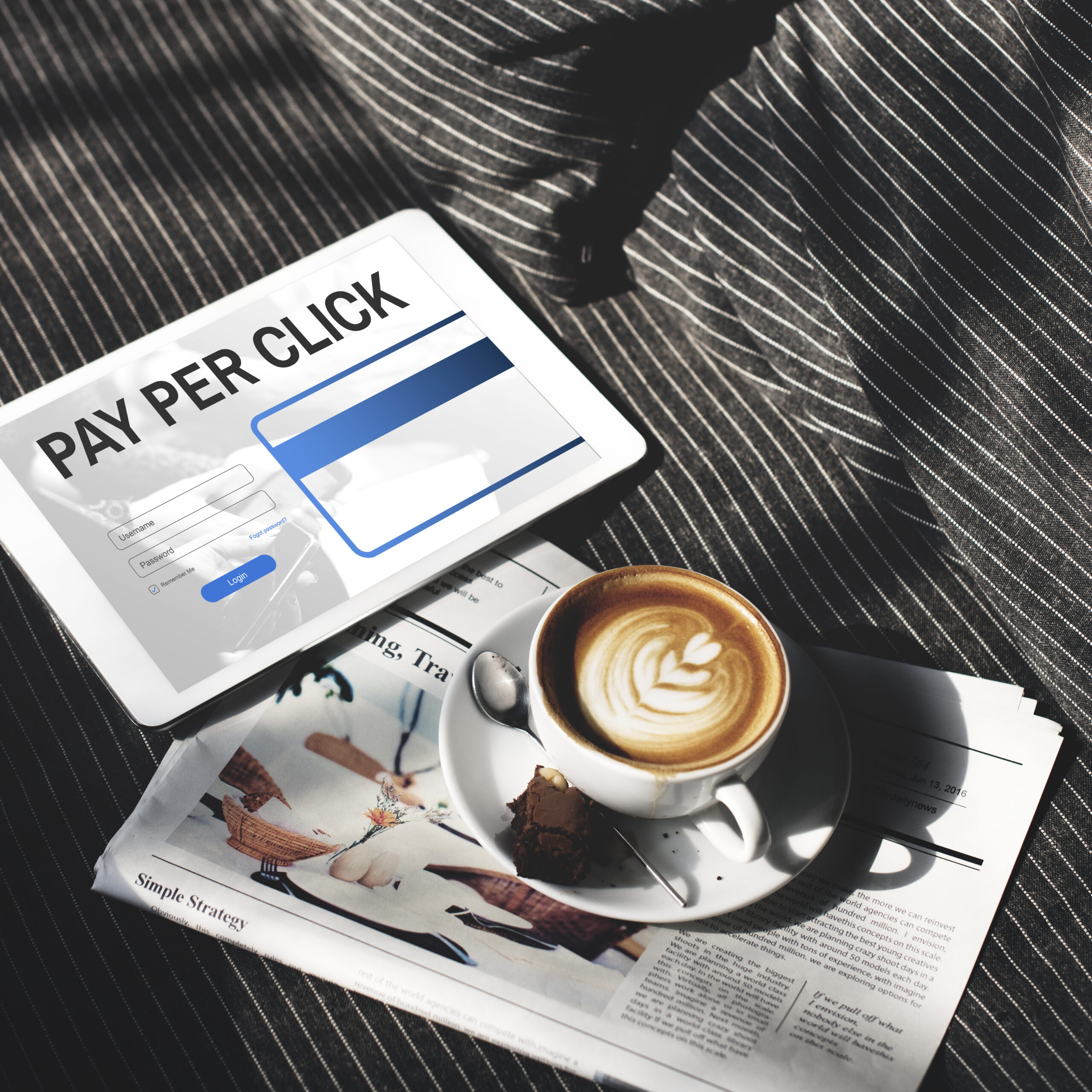
Pay per click (PPC) advertising is a potent tool for companies trying to increase their online exposure and attract targeted traffic to their websites in the fast-paced digital age. PPC advertising, as opposed to traditional advertising, has the special benefit of only requiring payment when a user clicks on your advertisement, making it an affordable means of reaching prospective clients. This blog delves into PPC tactics that work and are optimized for search engines to help your business succeed online
Understanding PPC Advertising
The foundation of digital marketing is Pay Per Click (PPC) advertising, which lets marketers bid on where their ads appear on social networking sites, search engine results pages (SERPs), and other online platforms. Pay Per Click advertising is attractive because it can target audiences and ensure that the individuals most likely to convert receive the most of your marketing money.
The Key Components of Successful Pay Per Click Campaigns
A Pay Per Click campaign’s ability to succeed depends on a number of variables, including the choice of keywords, ad copy, landing page optimization, and more. Here’s how to do it correctly:
1. Keyword Research
A Pay per click campaign’s core component is extensive keyword research. Determine the words and phrases that people in your target market are using to search, then utilize this information to guide your bidding approach. You may choose phrases that balance reach and price by using tools like Google’s Keyword Planner, which can offer insights into search volumes and levels of competition.
2. Crafting Compelling Ads
Our advertisements should succinctly convey the core of what you have to offer, using compelling language and an effective call to action (CTA). Use benefits-driven language to highlight the unique features of your product or service and entice readers to click. Recall that you want to entice them to want to learn more about what you have to offer.
3. Landing Page Optimization
A single click does not conclude the adventure. Your landing page has to fulfill the promise made in your advertisement by offering a smooth and fulfilling customer experience. Make sure your landing pages provide a clear route to the next action you want the visitor to take, relevant, and interesting information, and are optimized for conversions.
Strategies for Maximizing Pay Per Click Efficiency
To get the most out of your Pay per click campaigns, consider these strategies:
- Audience Targeting: Use platform tools to refine your audience based on demographics, interests, behaviors, and more. The more targeted your ads, the higher your chances of converting clicks into customers.
- Ad Extensions: Enhance your ads with additional information like contact details, links to specific parts of your website, and more. Extensions increase your ad’s visibility and provide extra value to users.
- Regular Monitoring and Adjustments: PPC is not a set-it-and-forget-it strategy. Regularly review your campaign’s performance, making adjustments to bids, keywords, and ad copy as needed to optimize for the best results.
- A/B Testing: Test different elements of your ads and landing pages to see what works best. From headline variations to different CTA buttons, small changes can lead to significant improvements in performance.
Conclusion
Reaching and interacting with your target audience online may be done dynamically and efficiently with Pay per click advertising. You may greatly improve your digital marketing efforts by grasping the principles of Pay per click, from keyword research to landing page optimization, and by putting these principles into reality with strategic, SEO-friendly methods. Never forget that constant testing, optimization, and improvement are essential to Pay per click success. Adopt these tactics to make the most of Pay Per Click advertising to expand your digital reach and meet your company objectives.








